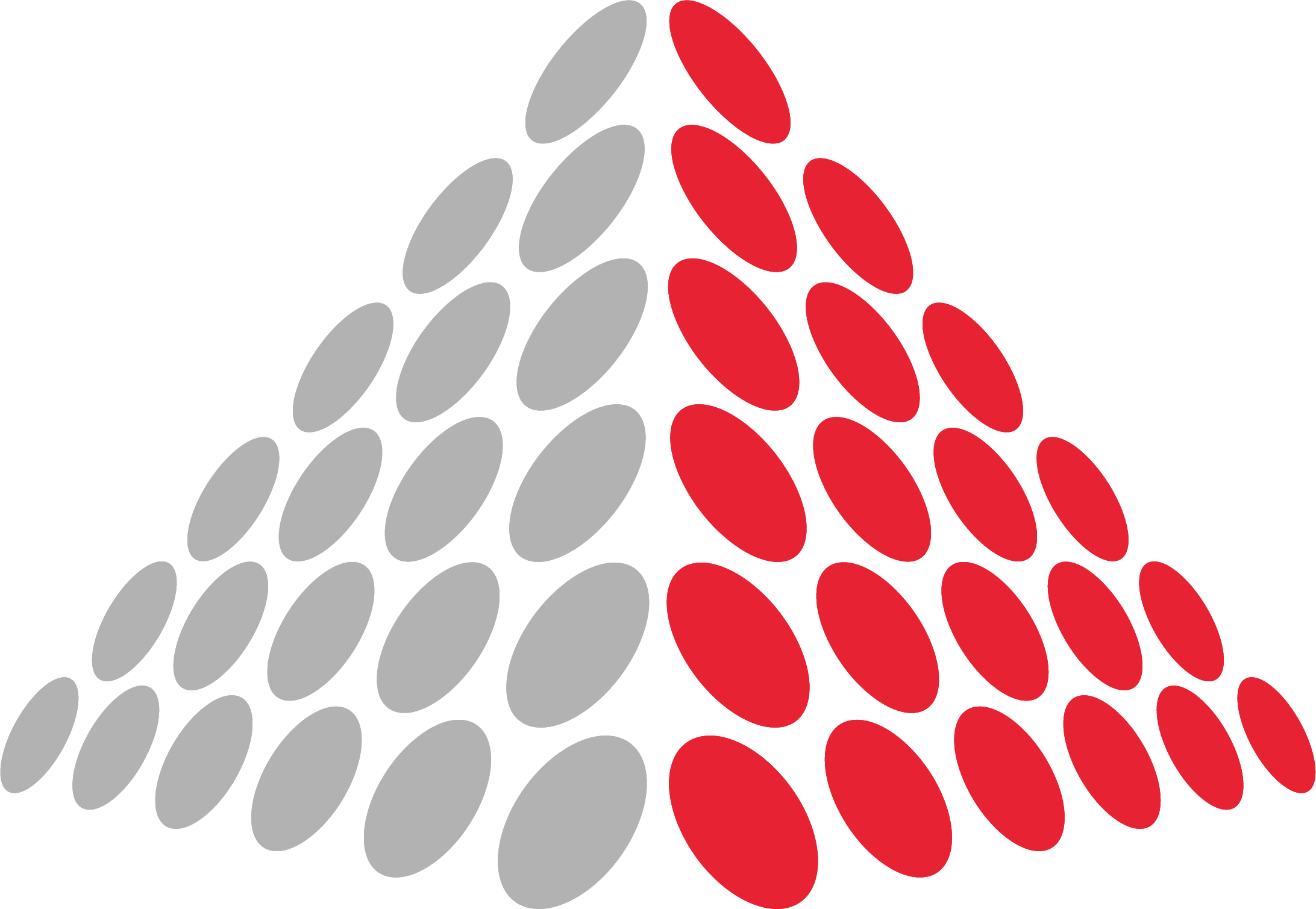Organisation-wide implementation of Assistive Technology software solutions
Raising awareness of 600 users (1.5% of FTE resources) who required Assistive Technology to operate more effectively
Understanding the accessibility requirements and incorporating them into the software solution
Our client’s Programme aimed to deploy a large-scale, organisation wide software solution. This would mean all c. 46000 users of IT systems (including all grades, technology staff etc.) utilise the same solution which allows our client to optimise technology to improve the service they offer.
It was clear that the initial approach had not fully explored user personas and the user experience related to accessibility. As part of an intervention, Finyx were asked to lead a discovery exercise to learn about the users and their context, address the gaps in the initial design and address the accessibility requirements.
Specifically, the answers to the following questions were not known at that stage:
- How many users have specific accessibility requirements?
How are such users affected? (e.g. dyslexia, restricted mobility, impaired vision) - What daily challenges do these users face as a result of their requirements?
- How can we augment the solution to ensure we make it as accessible as possible to all users?
Finyx were asked to design and deliver the Assistive Technology (AT) workstream, aiming to ensure the solution takes account of IT users’ needs and preferred ways of working.

We used a 5-step approach to collating and feeding accessibility user research user research into our solution development
Finyx user research enabled people centric requirements for assistive technology to be incorporated into the solution.
This 5-step approach was taken:
- Identify Potential Impacted Users
First, Finyx identified the potential impacted audience through facilitating contact with every individual within the organisation to understand the user experience and to register this understanding of user needs.
(Survey sent to 46000 employees) - Analysis
Once Finyx had collected this data, the team could then analyse which individuals would benefit from the Assistive technology programme workstream and how they would need to interact with the solution in their day-to-day role. - User Engagement
Once these individuals were identified, Finyx conducted individual engagement sessions to understand the magnitude of the potential impact. This led to the identification of three key personas around which assistive technology could be targeted to measurably enhance affected individuals’ ability to work effectively. - Requirement Gathering
With key personas identified, Finyx could gather and document all the assistive technology requirements that needed to be considered when designing the solution. - Integration of Assistive Technology into Solution
Once these requirements were established, Finyx worked with established market leading providers of assistive technology to deliver the technical requirements.

The new technologies identified were successfully integrated into the wider solution
As a result of Finyx’s involvement in the Assistive Technology programme, the following was achieved:
- Awareness of 600 users (1.5% of FTE resource) were raised who required Assistive Technology (AT).
- Requirements identified for and facilitation of 150 individual engagement sessions to determine if (and to what extent) the solution may impact their ability to work effectively.
- Comprehensive set of individual requirements collated and presented to Product Managers and Senior Developers for inclusion in the overall solution.
- Seamless collaboration with established market leaders in Assistive Technology to identify viable solutions in tackling specific user requirements.
“Finyx joined the Business Change team to lead the Assistive Technology project. This had been one of the top 3 risks for the programme for a long time with C* Level scrutiny given the importance of the subject matter. It required an intense period of engagement to identify the impacted audience – and as such needed project management grip and rigour. Finyx brought this immediately once their representative joined as the lead. They quickly established the required project controls to manage the team and the activity. They developed relationships with the key stakeholders and immediately established the trust required to manage this sensitive project. On top of this, they also personally attended over 150 meetings with our staff to help determine if they were impacted by the AT issue and worked / managed the budget to ensure suppliers integrate their solutions into the wider system correctly. Finyx’s detailed knowledge of the subject matter and the high quality of the work produced has been outstanding”. Programme Director

